Abu Simbel & Philae Temple tour
"Hello? I can help! I know what you are looking for!"
I wasn't looking for anything as I strolled down the Corniche, but the man offered tours to Abu Simbel, my main purpose for coming to Aswan. He gave me a good price at 35EP—I think 45EP is standard, but some people get scammed into 85EP. The unguided tour included going by air-conditioned minibus to Abu Simbel, Philae Temple, the High Dam, and Unfinished Obelisk.
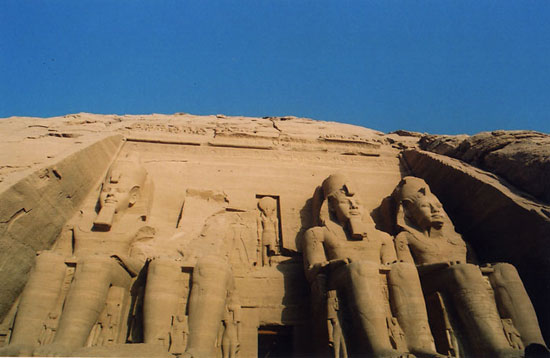 |
| King's temple, Abu Simbel |
Tours to Abu Simbel, a temple complex sweltering away near Sudan, leave in the wee hours of the morning to beat the heat. At 4AM we were lined up with other buses for a police convoy. Not sure why because a) if anyone was looking to target tourists,10-11 tour buses traveling together would be pretty obvious and b) the police didn't try to keep us together.
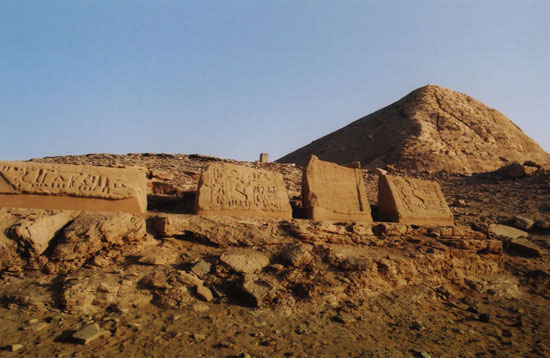 |
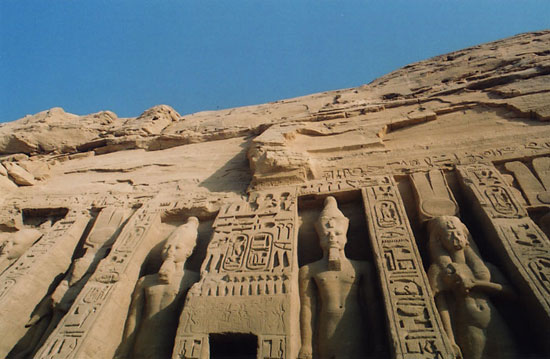 |
I gasped when I rounded the mountain and got my first glimpse of the Ramses Temple. The statues guarding the door are gigantic and intimidating, with a corridor of eight more giant statues inside. The walls are covered with hieroglyphics and paintings depicting Ramses' mighty feats, with additional chambers of paintings depicting various offerings. Next to the Ramses Temple is the Temple of Hathor, an ode to Ramses' favorite wife, Nefertari. It is built in a similar style and equally impressive.
After another long minibus ride, we arrived at Philae Island. You have to take a ferry to the actual temple, which again I thought was pretty genius. Our group of 7 paid 4EP each for the roundtrip ride.
The Temple of Isis—one of the greatest Egyptian gods—is beautiful, lovely setting and well-preserved. Entry was 20EP. The wall carvings were so impressive, deep and clear; so hard to believe the temple was built around 250 BC.
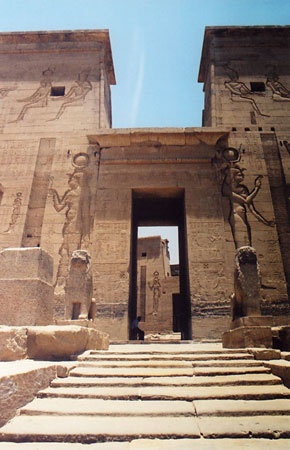 |  | 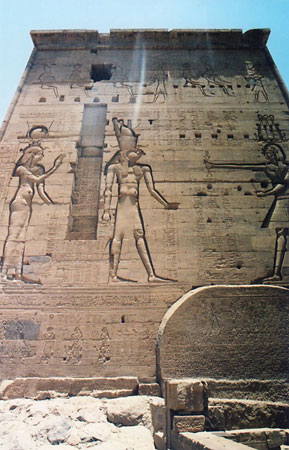 |
After a long day in the cramped van with dubious air-conditioning, we decided we did not care to see the dam or obelisk. The driver was flexible and returned us to Aswan. For only $6, I didn't mind leaving out part of the tour.
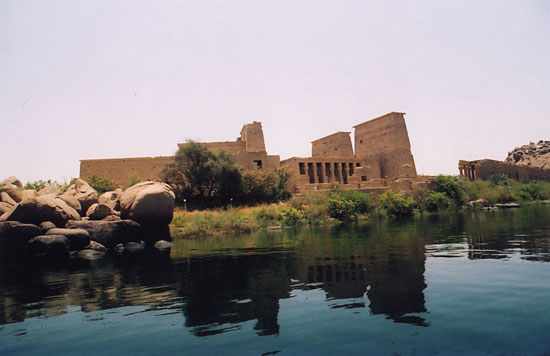 The main interest I found in these temples—beyond their physical beauty—is the UNESCO effort involved in saving them from Lake Nassar. Piece by piece each temple was painstakingly moved, with the landscape even modified to resemble the original locations. The Isis complex was reconstructed 20m higher on Agilka Island between 1972 - 1980. The temples at Abu Simbel were reconstructed 60m up the cliff from 1964 - 1968. The temples' relationship to each other and to the sun remain the same, covered by an artificial mountain to recreate the original appearance. A model of the original locations, photos and information about the restoration effort are in the Nubian Museum in Aswan.
The main interest I found in these temples—beyond their physical beauty—is the UNESCO effort involved in saving them from Lake Nassar. Piece by piece each temple was painstakingly moved, with the landscape even modified to resemble the original locations. The Isis complex was reconstructed 20m higher on Agilka Island between 1972 - 1980. The temples at Abu Simbel were reconstructed 60m up the cliff from 1964 - 1968. The temples' relationship to each other and to the sun remain the same, covered by an artificial mountain to recreate the original appearance. A model of the original locations, photos and information about the restoration effort are in the Nubian Museum in Aswan.